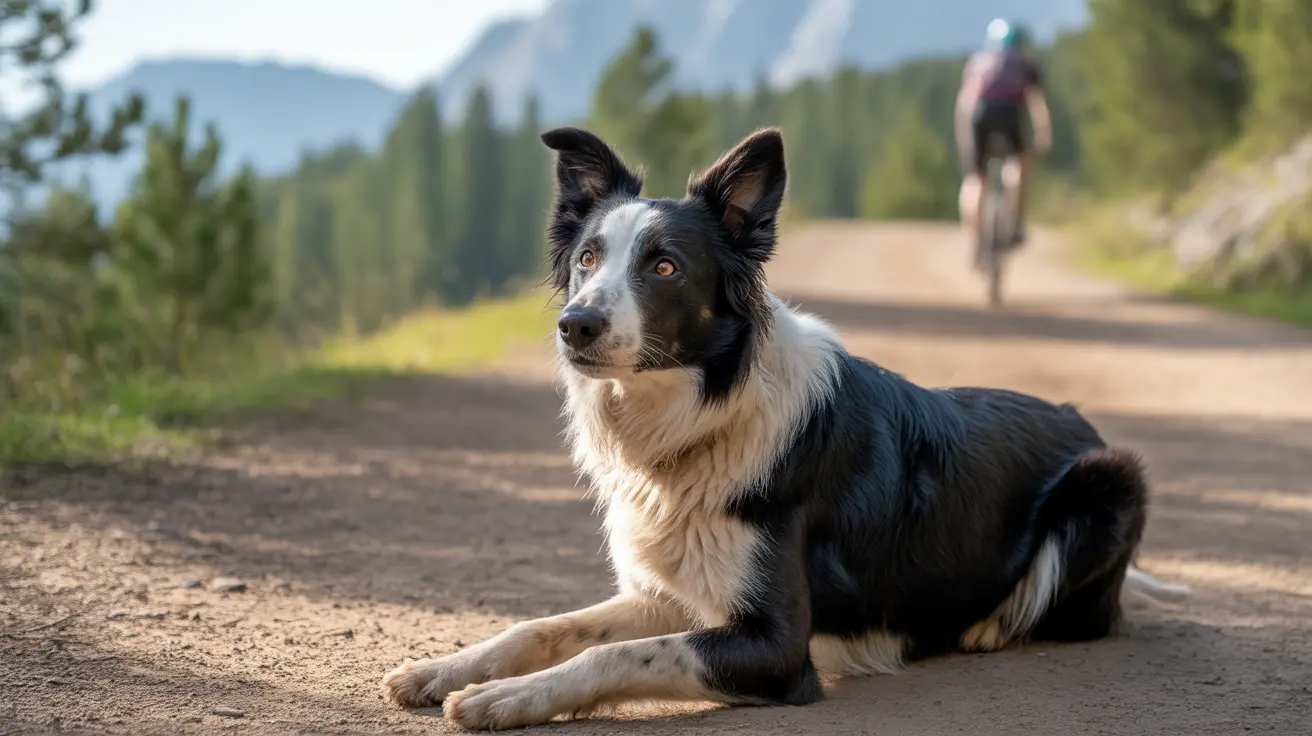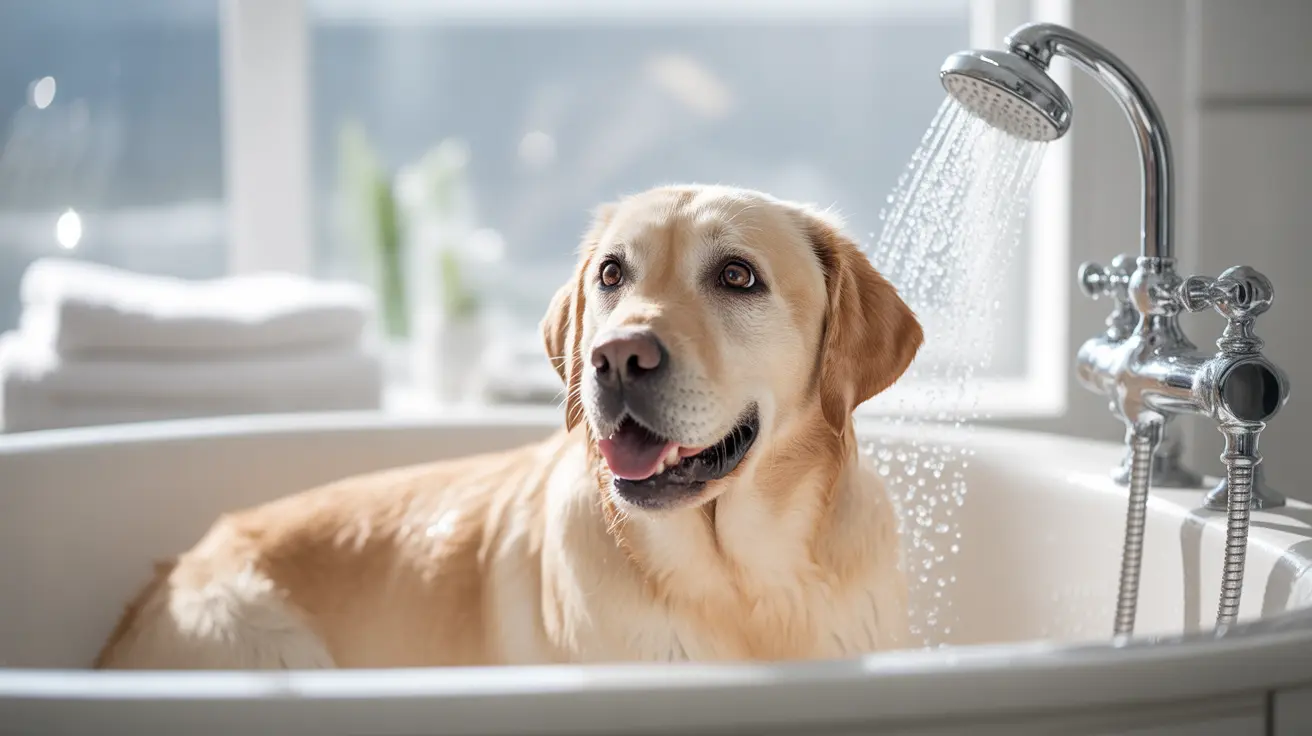The German Wirehaired Pointer: A Versatile Sporting Companion
The German Wirehaired Pointer (often called GWP) stands out as a hardworking, intelligent, and athletic breed originally developed in Germany during the late 19th century. This dog was designed to be the ultimate all-purpose hunting companion—capable of tracking, pointing, retrieving, and even guarding. If you're looking for a loyal partner who thrives on activity and challenge, the GWP might just fit the bill.
Origins and Development
Bred from an impressive mix of hunting dogs—including the German Shorthaired Pointer, Wirehaired Pointing Griffon, Pudelpointer, Stichelhaar, and others—the GWP was created to excel in both land and water environments. Hunters needed a dog that could handle upland game birds one day and retrieve waterfowl the next. The result? A breed with webbed feet for swimming and a coat that shrugs off cold weather and thick brush.
Physical Characteristics
- Size: Males typically stand 24-26 inches tall (females at least 22 inches) and weigh between 50-70 pounds; females are slightly smaller.
- Coat: The hallmark is a dense, wiry double coat—liver or liver-and-white (sometimes black-and-white)—with markings like ticking or roan. The coat protects against thorns and harsh weather.
- Face: Bushy eyebrows and a beard shield their face from undergrowth.
Their sturdy build hints at their stamina. Weekly brushing keeps their coat healthy; hand-stripping helps maintain its texture. Expect moderate shedding—more during seasonal changes.
Temperament & Personality
The GWP is energetic, intelligent, and deeply affectionate with family. They crave both physical exercise and mental stimulation—two hours or more daily is ideal. Without it? Expect boredom-driven mischief or anxiety if left alone too long.
- Eager to please and quick to learn; positive reinforcement works best.
- Early socialization helps curb stubbornness and ensures reliable recall—important given their strong prey drive.
Their playful nature makes them great companions for active families. Still, early exposure to children and other animals is key (especially if you have cats or rabbits). With proper training, they get along well with other dogs but may chase small pets without it.
Versatility in Work & Play
Bred as all-purpose gun dogs, GWPs excel at:
- Searching for upland game
- Pointing birds
- Retrieving waterfowl
- Tracking wounded mammals
This versatility extends beyond hunting—they shine in canine sports like agility or tracking. Their intelligence means they need ongoing challenges; otherwise, they'll invent their own (sometimes destructive) fun.
Lifestyle Needs
- An active home is essential—think long walks, hikes, runs, or swims every day.
- A large secure yard or access to open spaces lets them burn off energy safely.
If you live in an apartment or city setting but can't meet these needs daily, this breed may not be your best match. They're adaptable but happiest when they can stretch their legs—and minds—regularly.
Loyalty & Family Life
The GWP forms strong bonds with its people—often choosing one favorite human—and offers steadfast loyalty. Their enthusiasm sometimes overwhelms very young children; older kids who enjoy outdoor play make better matches. With consistent companionship and engagement, they become gentle yet vigilant members of the household (they'll even guard family property).
Health Considerations
- Lifespan: 12-16 years (average 14-16)
This breed generally enjoys robust health when responsibly bred but can be prone to certain conditions:
- Hip/elbow dysplasia
- Autoimmune thyroiditis (hypothyroidism)
- Von Willebrand Disease type II (blood clotting disorder)
- Bloat (gastric dilatation-volvulus)
- Certain eye conditions like progressive retinal atrophy
Reputable breeders screen for these issues through health tests: hip/elbow evaluations, thyroid checks, DNA tests for Von Willebrand’s disease, heart exams, and regular eye checks. Routine vet visits plus quality nutrition help keep them thriving.
Grooming & Care Tips
- Weekly brushing keeps their coat manageable; occasional hand-stripping preserves its weather-resistant texture.
- Nail trims every few weeks prevent discomfort.
- Ears should be checked regularly—especially after swimming—for wax buildup or irritation.
Bathe only as needed to avoid stripping natural oils from their protective coat. Regular teeth brushing rounds out basic care routines.
The Deutsch Drahthaar Connection
You might hear some GWPs referred to as Deutsch Drahthaars. In Germany's breeding system, these dogs must pass strict performance and health tests before breeding—a mark of quality assurance. Outside Germany (notably in the US), breeding standards vary more widely under the name German Wirehaired Pointer.
A Breed for Active Enthusiasts
If you love outdoor adventures—be it hiking through forests or training for canine sports—the German Wirehaired Pointer could be your ideal companion. They're happiest when challenged physically and mentally alongside their humans. Prospective owners should honestly assess whether they can provide enough daily activity; this isn't a couch potato breed!





